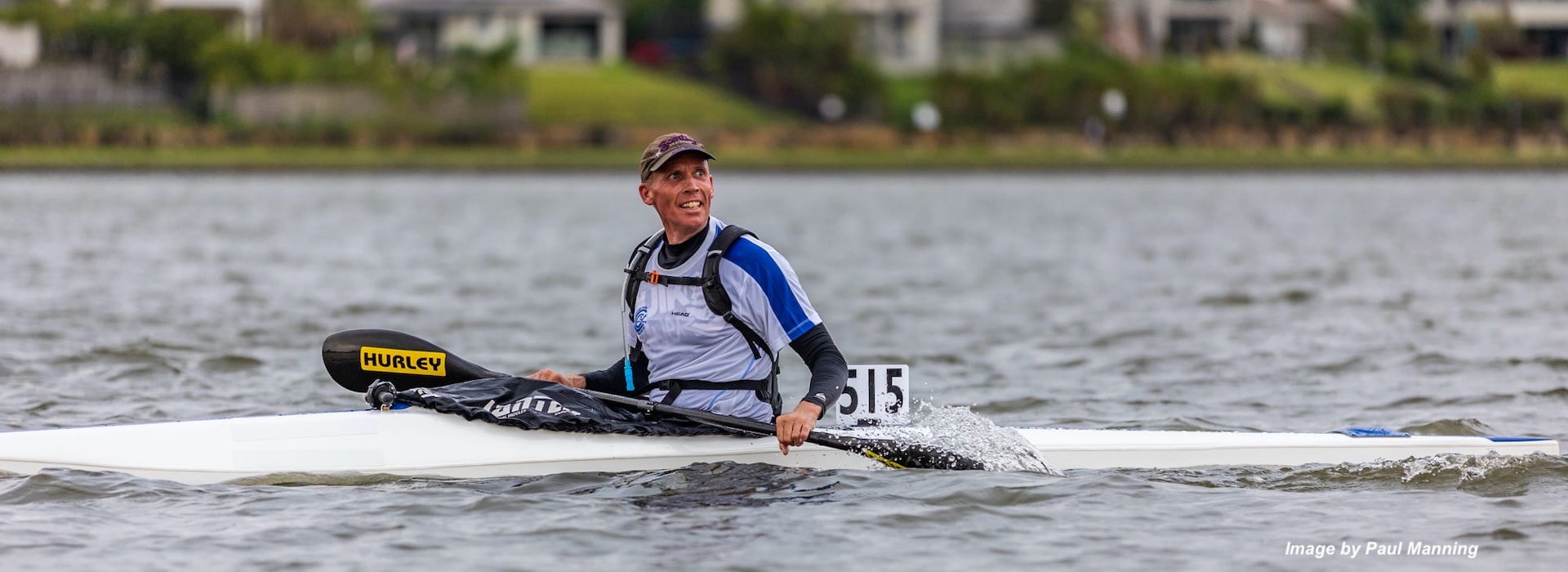
Paracanoe
Paracanoe Events
What is Paracanoe?
Paracanoe is the canoeing discipline for athletes with an impairment and races are contested by two types of boat, kayak (K) and va’a (V). The kayak is propelled by a double-blade paddle, while the va’a is an outrigger canoe which has an ama (second pontoon) as a support float and is used with a single-blade paddle. Both kayak and va’a have three different classes of event for men and women, depending on the classification of an athlete’s impairment, with KL1, KL2 and KL3 for kayak and VL1, VL2 and VL3 for va’a. At international level all paracanoe races are individual events and competed at a distance of 200m.
Sharing many similarities with the sport in general, paracanoe incorporates both the canoe and kayak disciplines, providing people with a physical or intellectual impairment with the opportunity to enjoy the sport at a club, state, and national level and for physical impairment to international level.
At the grass roots level, the craft and paddles may be the same, however modifications can be utilised where necessary to enhance each person’s ability to participate. At the recreational level, there are options of single craft and double craft, however single craft are currently the only option in international competition.
Physical impairments are encompassed into racing at the international level by the ICF and the IVF, whilst intellectual impairments have been encompassed within the Special Olympics framework.
In Australia, Paracanoe was developed following the demonstration in 2009 and as part of the effort to gain inclusion for the 2016 Paralympics, Australia searched for an athlete and trained them to an International level. David Rolfe (QLD) was Australia’s first representative and since then the number of athletes participating and competing within Australia has continued to increase. In 2012, Kara Kennedy of Queensland became the first medallist for Australia with a bronze in the women’s A K1 200m.
